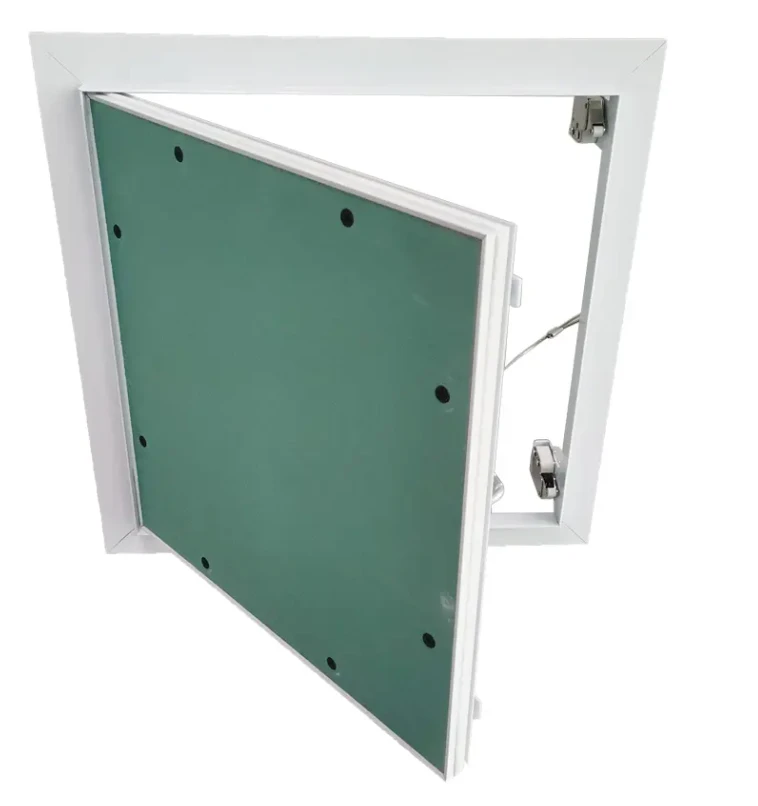Nov . 27, 2024 18:37 Back to list
Innovations in Mineral and Fiber Board Technologies for Sustainable Construction Applications
Understanding Mineral and Fiberboard Composition, Applications, and Benefits
In the world of construction and woodworking, materials play a critical role in the strength, durability, and versatility of structures. One of the increasingly popular materials in these fields is mineral and fiberboard, a composite product known for its unique properties and wide range of applications.
What is Mineral and Fiberboard?
Mineral and fiberboard, commonly referred to as mineral fiberboard, is a type of engineered wood product made from a combination of natural fibers and mineral-based components. The primary ingredients include cellulose fibers, often sourced from recycled paper or wood, combined with mineral materials such as gypsum, cement, or silicate. This combination results in a lightweight, yet robust board that exhibits excellent insulating properties and fire resistance.
Composition and Production Process
The production of mineral fiberboard involves several stages, starting from the preparation of raw materials. The natural fibers are first treated to improve their bonding capabilities, which ensures a strong composite structure when combined with mineral ingredients. Once the fibers and minerals are blended, the mixture is subjected to high pressure and temperature in a molding process, shaping it into boards of various sizes and thicknesses.
After molding, the boards undergo curing, where they are dried to attain optimal moisture content, enhancing their structural integrity. The final product is typically non-toxic, free from harmful chemicals, and compliant with environmental standards, making it a sustainable choice for various applications.
Applications of Mineral and Fiberboard
One of the most significant advantages of mineral fiberboard is its versatility. Due to its fire-resistant properties, it is widely used in construction for insulation and as a backing material for fire-rated walls and ceilings. It provides an excellent barrier against flames and smoke, helping to enhance the safety of buildings.
mineral and fiber board

In addition to fire safety applications, mineral fiberboard is also utilized in soundproofing. Its dense structure effectively absorbs sound, making it an ideal choice for theater architecture, recording studios, and other environments where noise control is paramount.
Moreover, the lightweight nature of mineral fiberboard facilitates ease of handling and installation, which has led to its adoption in various interior design projects. Its smooth surface is suitable for painting, laminating, or veneering, allowing designers flexibility in achieving desired aesthetic finishes.
Benefits of Using Mineral Fiberboard
The benefits of mineral fiberboard extend beyond its physical properties. One of the primary advantages is its sustainability. As a product often made from recycled materials, it offers an eco-friendly alternative to traditional wood-based panels. Its production process also tends to consume less energy compared to other building materials, further reducing its environmental footprint.
In terms of thermal performance, mineral fiberboard is an efficient insulator, reducing energy costs associated with heating and cooling systems. This energy efficiency makes it a favorable choice for environmentally conscious builders and homeowners.
Another benefit is its durability. Mineral fiberboard resists moisture, mold, and pests, increasing the lifespan of the structures in which they are used. This longevity translates to lower maintenance costs, making it a wise investment for both residential and commercial applications.
Conclusion
In summary, mineral and fiberboard represents a significant innovation in the field of construction and design. Its unique combination of properties, including fire resistance, sound absorption, and environmental sustainability, makes it an ideal choice for a wide range of applications. As the industry continues to evolve, and as the demand for eco-friendly materials increases, mineral fiberboard is likely to play an even more prominent role in future building projects. Embracing such materials not only enhances the safety and functionality of structures but also contributes to a more sustainable and efficient environment.
-
Quality Ceiling Trap Doors & Access Panels | Easy & Secure AccessNewsAug.30,2025
-
Durable Ceiling T Grid Systems | Easy InstallationNewsAug.29,2025
-
PVC Gypsum Ceiling: Durable, Laminated Tiles for Modern SpacesNewsAug.28,2025
-
Pvc Gypsum Ceiling Is DurableNewsAug.21,2025
-
Mineral Fiber Board Is DurableNewsAug.21,2025
-
Ceiling Tile Clip Reusable DesignNewsAug.21,2025







